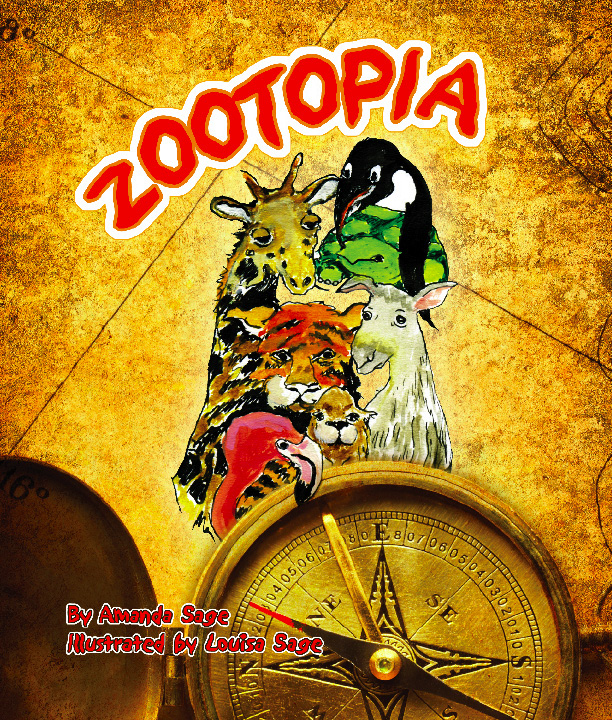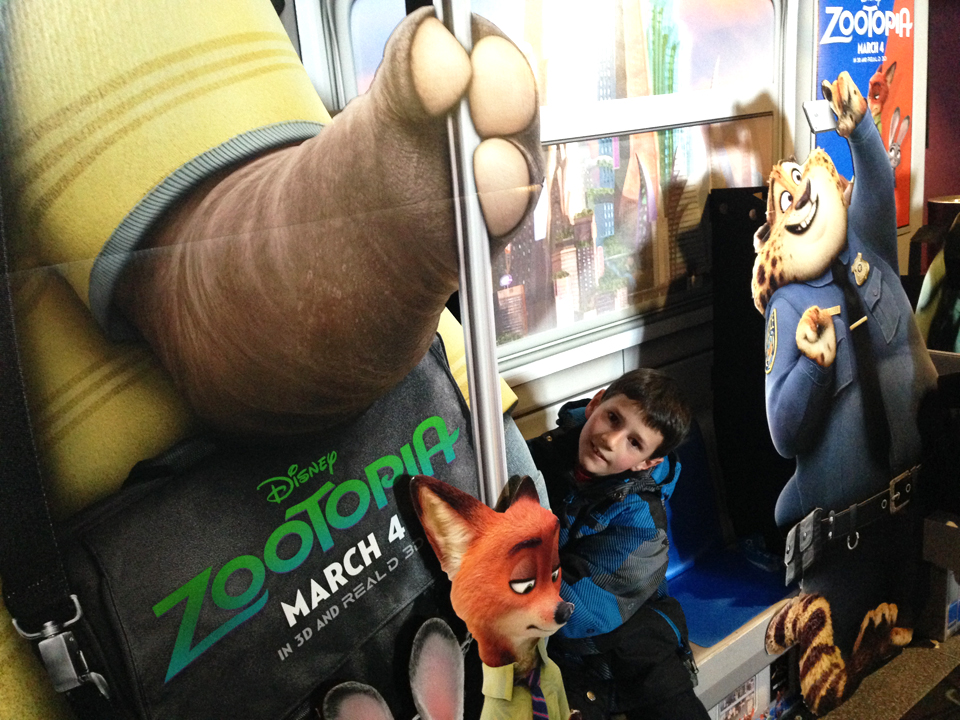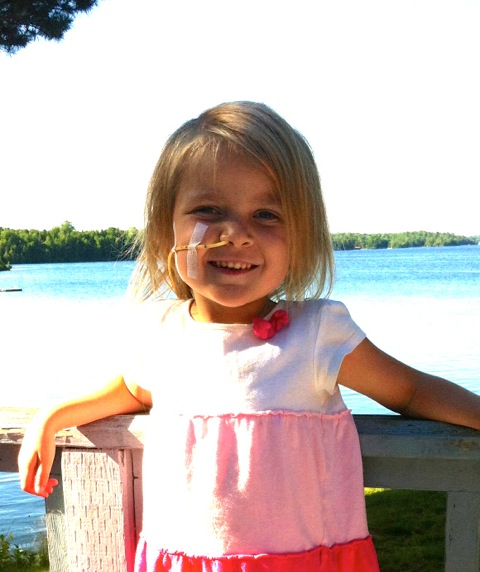Archive for April, 2016
Sleeping Giant
Saturday, April 30th, 2016—FilmSleeping Giant (Canada 2015, Adventure/Drama), Writers: Andrew Cividino, Blain Watters, Aaron Yeger; Director: Andrew Cividino
When the credits rolled on Sleeping Giant last night, the audience was completely silent for a beat or two, before erupting into applause. That’s the impact this movie has. It’s raw, real and chilling, and it gets into your head—and heart—in a way that few films do.
Sleeping Giant is adapted from writer/director Andrew Cividino’s 2014 short film of the same name. Set in Thunder Bay, Ontario, the movie spends a few summer weeks hanging out with Adam (Jackson Martin), Riley (Reece Moffett) and Nate (Nick Serino), three teens cottaging with their families on the shores of Lake Superior, near the majestic Sleeping Giant Provincial Park.
Adam stays with his well-to-do parents in their spacious abode. Riley and Nate, cousins, crash at a much smaller pad belonging to Nate’s grandma (Rita Serino). The three boys’ disparate backgrounds go beyond socioeconomics. Adam is nurtured and sheltered, for better and for worse; he’s more reserved, better mannered. Riley and Nate, on the other hand, talk rough and play rough. They’re destructive and violent with their actions and their words—especially Nate, who constantly makes a show of being stronger, raunchier and more experienced than the others.
Sleeping Giant has a few twists to its story, involving Adam’s less-than-honourable father (David Disher), and his friend Taylor (Katelyn McKerracher), an attractive teen girl who becomes a point of contention between him and Riley. But it’s mainly a summer coming-of-age story, with the three boys standing atop a pivotal cliff, deciding which way to jump—what kind of adults they will become.
A lot of this film is terrifying to watch. Seeing the trouble the boys get into, being privy to their often volatile thought processes, realizing how malleable they are; it’s a sobering reminder of the past, of how wrong things could have gone, and of what could happen in the future, what’s going on right now. It also makes me grateful for the grounded, responsible teens in my own life. Because in Sleeping Giant, things take a dive for the worse.
Walking into the theatre last night, the title of The Weeknd’s album Beauty Behind the Madness came to mind. The film does venture into that territory, or perhaps also the madness behind the beauty. These boys have potential; even Nate shows glimpses of good qualities, like intelligence and honesty, and of wanting to do more with himself. They’re at such a delicate age, each one wrestling with their own sleeping giant—id vs. ego, and the submerged darkness that threatens to take over when their burgeoning identities are threatened.
Adam, Riley and Nate don’t really know who they are yet. The film even suggests, tacitly, that Adam may be questioning his sexuality, with its lingering shots of Adam and Riley tussling, or Adam’s lingering gaze that often favours Riley over Taylor.
Watching Sleeping Giant, it was hard not to reflect on my own coming-of-age movie, Sight Lines, a short that was shot in the summer of 2002 around 1000 Islands in Gananoque, Ontario. Not to suggest that my movie is on par with Cividino’s, but it shares many elements with Sleeping Giant, from 13-year-old Fletcher’s (David Coomber) false bravado about drugs and sexual experience, and his destructive tendencies (both idle and pointed), to the cliff-jumping scene.
There are certain shared experiences about being a young teen in Canada, and about cottage living, that Cividino really captures in Sleeping Giant, making the film easy to relate to.
A large part of the credit for this goes to the extraordinary performances from the three leads. Moffett and Serino are real-life cousins, reprising their roles from the short version of Sleeping Giant. They have no prior acting experience, and perhaps because of that, achieve very real, seemingly improvised delivery. (In fact, much of the cast features non-actors or first-time actors, including Moffett and Serino’s actual grandmother as Nate’s grandma, to good effect.) Martin, who had already wet his feet in the acting world, still arrives at the same nuance and intense realism, bringing incredible subtly to Adam as he experiments with the boundaries of honesty and manipulation, compassion and cruelty.
It’s hard not to notice the contrast between the youth’s naturalistic performances and the stilted delivery from some of the adult actors, most notably Disher (ironically, the most experienced of the performers). Adam’s dad is a real dick, to use the kids’ lingo. He comments on Taylor being “new and improved” and advises 15-year-old Adam to “tap that” while the opportunity is still available. He also makes lame attempts to appear cool in front of Adam’s friends. So I wondered at times if Cividino directed Disher to deliver the awkward performance he does, to make him even less relatable or likeable.
I don’t know about that. But whatever the case, Disher’s relatively weak performance is one of the few detractions from an otherwise successful film.
From the opening sequence that surveys Sleeping Giant Provincial Park to the tune of Bruce Peninsula’s pulsing, foreboding score, to a perfect final moment that says everything without uttering a word—the ending that left the audience speechless—Sleeping Giant is imposing, impressive and important, as a work of art and a reflection of humanity.
For more insights into the film and how it was made, check out Cinemablographer’s recent interview with Cividino.
* * *
This post is dedicated to MJP, who introduced me to Thunder Bay and who works hard to help youth navigate the perils of their own sleeping giants.

Zootopia (feat. David Walberg)
Thursday, April 7th, 2016—FilmZootopia (USA 2016, Animation/Action/Adventure), Writers: Jared Bush, Phil Johnston; Directors: Byron Howard, Rich Moore, Jared Bush
It’s not often I get to review a movie with one of my three nephews after having watched it together. They’re not from around here, so when we do team up, we all watch the movies separately and then have a chat.
So far, all three boys (Jon, Isaac and David) helped out with The Lego Movie, Jon and I covered The Hunger Games, and he and Isaac both joined me for The Hunger Games: Catching Fire, The Hunger Games: Mockingjay Parts 1 & 2 and Divergent.
This Zootopia review is extra-special to me because I got to take my youngest nephew, eight-year-old David, to see the Disney animated movie while he was visiting. Oh yeah, and also because it steals I mean shares the title of the book I wrote for David in 2010 through my publishing shingle, Wonderpress. (I wasn’t playing favourites; I also wrote Dinostory for Jon and Astrorocket for Isaac.)

We both really enjoyed Zootopia (the movie—though we’re partial to the book, too). Here’s the scene: It’s thousands of years since mammal predators and prey had any trouble co-existing, and a keen young bunny named Judy Hopps (Ginnifer Goodwin) is determined to make her mark in a world where “anyone can be anything.”
Judy bounds out of her hometown, Bunnyburrow, to become the very first bunny cop at the Zootopia Police Department (ZPD). Officer Hopps takes her place alongside a menagerie of other animals, including a buffalo (Chief Bogo, perfectly voiced by Idris Elba), a rhino (Officer McHorn) and a donut-gulping cheetah (Officer Clawhauser, voiced by Nate Torrence). Judy’s relatively small stature doesn’t bode well for her career prospects; while everyone else gets juicy assignments, she’s stuck with parking ticket duty.
Judy tackles her role as meter maid with the same zeal that led her out of the carrot patch and into the sprawling mammal metropolis of Zootopia. But it isn’t long before she scrambles her way onto the city’s biggest case: the 14 missing mammals—all predators. Judy enlists the assistance of Nick Wilde (Jason Bateman), a wily fox and even wilier con artist she’s able to hustle into helping her.
What follows is an interesting examination of the dangers of judging animals by their species, holding pre-conceived notions about others, and prescribing expectations.
When Judy and Nick discover that the missing predators have all gone savage, Zootopia is thrown into unrest, with prey casting sidelong glances at predators. Not that everything was idyllic before the savagery; Judy never reports to work without her can of fox spray, a holdover from her parents’ mistrust of foxes and a frightening encounter from her childhood.
Zootopia’s premise is smart, timely and delivered in a very well wrapped package: Bright, bold animations with meticulous attention to detail (David especially liked the way they moved); a tight, witty, highly polished script; and an inventive world in which the animals can roam and romp.
Zootopia consists of a range of ecologically diverse districts, like Sahara Square, Tundratown and Rainforest District. Little Rodentia was especially charming, with its many roadways and overpasses made of clear plastic hamster tubes. “I liked the rodent town,” says David. “There were lots of gerbils!”
The city is built to accommodate all types of mammals. Elephants are served massive (relative to us) ice cream cones served up (somewhat) fresh by the trunkful. Mice scurry through miniature gateways and get dolled up at small-scale (but high-class) hair salons.
“I liked it when the guinea pigs chomped on the Pawpsicles,” says David. So did I; the several-tiny-bites-sized frozen treats are made in molds formed by Chihuahua footprints in the snow.
Zootopia is a playful, inventive place for Judy and Nick to guide us through a study in race (or in this case, species) relations. The messages are clear, but they extend beyond the obvious ‘Don’t judge a book by its cover’ adage. For example: Be careful what you tell people about themselves; they just might believe it.
The movie does a good job of challenging assumptions, both personal and structural. “It messed around with your expectations,” says David, pointing out a few instances when the story took surprising turns.
I asked him if he thinks all animals—predators and prey—really could get along. “Well, it depends,” says David. “They could get along if they weren’t so smart-mouthed. Like the fox, Nick, you have to admit he was pretty smart-mouthed. But he’s also quick-witted. It’s good to have someone quick-witted around. Or you could just memorize Shakespearean insults like I do. ‘Go to hell for an eternal moment or so.’ That’s from The Merry Wives of Windsor.”
(He actually said that. What a kid.)
David talked a bit more about the film’s central message, and he said something very wise: “No animal really is just one thing. Prey can also be predators—especially humans.”
He’s right. Almost all of us can attack or be attacked.
For an animated children’s film, Zootopia brings a lot to the conversation. As great as it is, though, I thought it missed a couple good opportunities for commentary.
Assistant Mayor Bellwether (Jenny Slate), who is a sheep, remarks that Zootopia is comprised of 90% prey. I expected the movie to draw a parallel to the 99%, with most of the prey being smaller and more vulnerable than the predators. But it didn’t.
Then there was the highly sexualized Gazelle (Shakira), Zootopia’s mammal pop star. We see enough of scantily clad females in everyday media, put in a position where they’re expected to trade in on their bodies for success or recognition; it would have been nice if Disney hadn’t felt the need to ensnare the film’s only icon in a sequined miniskirt and crop top.
I really did like Zootopia, but for a movie so determined to do away with stereotypes, it sure has its share of them. Like the wolves who can’t keep themselves from chiming in once the first howl is released. And the sloths who move at a, well, sloth’s pace.
Mind you, caricaturing sloths leads to a priceless scene at the Department of Mammal Vehicles (DMV) when Judy and Nick drop in to pursue a lead. So, I’m not complaining—just observing.
“The sloths at the DMV were pretty funny,” says David. “It was a good joke.”
In fact, that’s where we first meet David’s favourite character in the movie, Flash the sloth (voiced by Raymond S. Persi).
Zootopia has loads of fun anthropomorphizing the animals, shrewdly reflecting human culture and convention. Judy drew chuckles from the audience when she explains to Officer Clawhauser: “You probably didn’t know, but a bunny can call another bunny cute, but when other animals do it, it’s a little…” Her mortification at seeing animals do yoga naked is also pretty awesome. Or, as David says, “AWKWARD!!!”
After the movie, I asked David whether he’d rather be predator or prey. “Prey. I’d be an elephant. No—a panda. Or a koala.” So, it doesn’t matter if you’re big or small? “Depends who I’m up against. The big ones are more out of control, like I am. That’s a joke.”
David and I both highly recommend this smart-mouthed, fun-loving foray into the animal world. Overall, it’s creative, delightful and clever, and it presents us human animals with some important things to consider.
Oh, and I loved seeing ZTV newscaster Peter Moosebridge, voiced by CBC’s Peter Mansbridge.
And you can buy my version of Zootopia—the children’s book—here.

David aboard the “Zootopia” express
New Wonderpress children’s book in the works
Saturday, April 2nd, 2016—NewsThrough my publishing shingle, Wonderpress, I’m working on a new children’s book called Now That I’m Here. I wrote it as a tribute to a young girl from Ottawa name Kate Drury, who passed away last year from mitochondrial disease. The book will be available for print-on-demand orders, in English and French, this September 2016, in time for Global Mitochondrial Disease Awareness Week. All profits will go to the Children’s Hospital of Eastern Ontario Research Institute.
You can learn more here. For the latest updates, please ‘Like’ the Now That I’m Here Facebook page.

